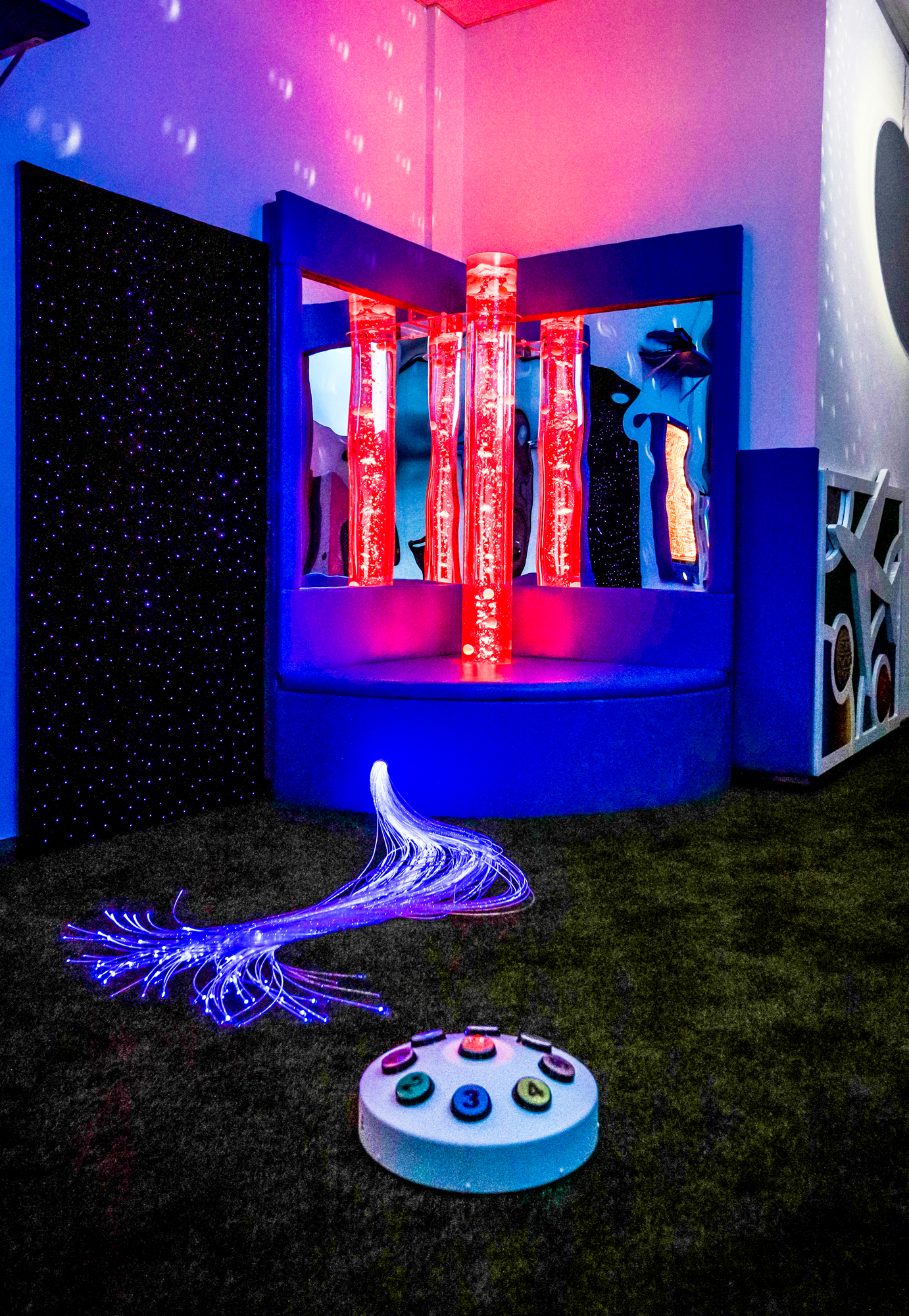
Dublin Airport has opened a purpose-built Sensory Room for passengers with autism, dementia, cognitive impairment or other special needs.
The new Sensory Room is located after security screening in Terminal 2 and just before the 400 boarding gates. It can be also be accessed via Terminal 1.
Depending on the passenger’s requirements, users will have the option to transform the room from a calming and relaxing environment to a stimulating interactive space full of light, colour and sound.
“We are confident that the introduction of the Sensory Room will make it even easier and less stressful for passengers in need of some assistance on their journey through the airport,” said Dublin Airport Customer Experience Manager Liz Kavanagh.
“We are committed to providing the best possible experience for passengers with autism and our new Sensory Room was designed to provide a calm space for passengers who might feel overwhelmed in busy and unfamiliar airport surroundings,” she added.
Dublin Airport’s new state-of-the-art Sensory Room includes relaxing music, mood lighting, bean bags, comfortable seating, digital display panels, tactile panels, textured flooring and a game to improve memory and motor skills.
The Sensory Room is free for passengers departing from the airport, with 60-minute sessions available by emailing prm@ocsireland.com.
“We were delighted to work with Adam Sensory Zones, specialists in designing sensory rooms, to deliver best practice and to ensure our facilities and services meet the needs of our passengers,” Ms Kavanagh said. Adam Sensory Zones is a Dublin-based company which specialises in the design and installation of bespoke Multi-Sensory and Soft Playrooms.
Dublin Airport has operated an Autism ‘Important Flyer’ programme since 2017 whereby a wristband or lanyard is provided in advance to passengers with autism who are travelling through the airport. This is an indication to staff at security, immigration, or busy areas where there may be queues or noise that special assistance may be required. Lanyards and wristbands will only be provided on production of a short note from a GP confirming a person has a diagnosis of autism.
Dublin Airport has welcomed almost 28.4 million passengers in the first 10 months of the year, a 5% increase over the same period in 2018. Almost 1.4 million extra passengers have travelled through the airport between January and October.
Click here: https://player.vimeo.com/video/374933144 for a visual walkthrough of Dublin Airport’s new Sensory Room.
